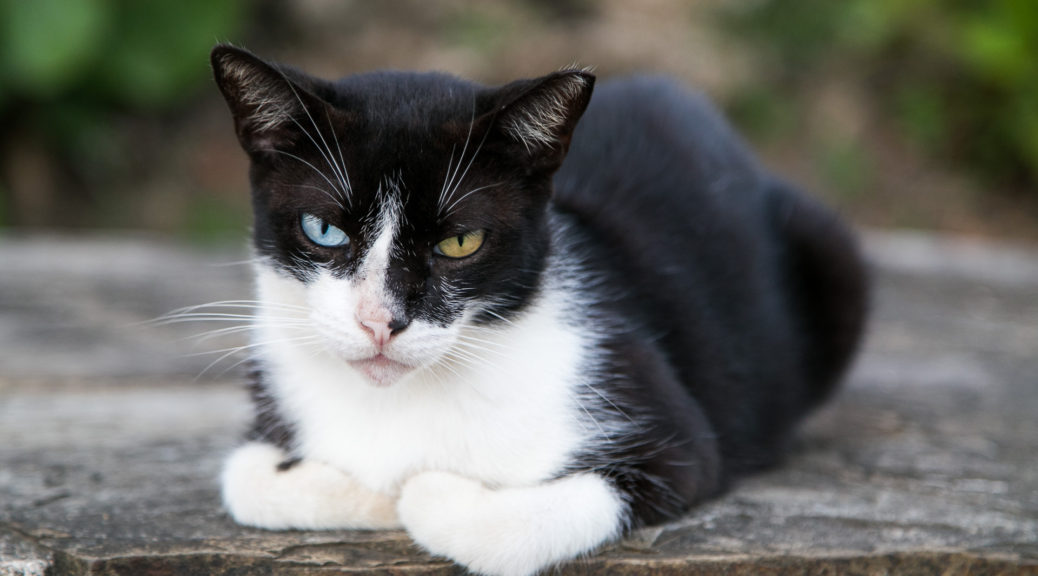I assume you know about Schrödinger’s cat, which represents quantum uncertainty by existing simultaneously both dead and alive in its box. The cat will only establish a singular state because it is observed as you open the box.
And as all imminently graduating medical students can tell you, that’s kind of what the national residency matching process feels like.
Our “match” seems rough, but honestly it’s the least of all evils. Each hospital’s specialty’s program has a certain number of slots for residents to fill exactly, and it’s a tight fit. Because several thousand newly minted doctors across the country are vying for similar job slots at the same time every year, they standardize it with a massive Nobel Prize-winning algorithm, which finds a stable solution of asymmetric matched pairs while optimizing for individual preferences. Such a system avoids a chaotic bloodbath of type-A overachievers fighting over scarce resources that entirely dictate our careers, and it also avoids hospitals shortchanging each other by tying us down with binding contracts earlier and earlier in the season. So it’s a win-win, but still no fun to experience.
In September, we send applications to A LOT of programs (e.g. some dermatology applicants apply to all 120+ programs countrywide). During “interview season” from October to January, we attend 8-30 interviews (varies by specialty) which obviously becomes a full-time job with very negative income (tuition plus travel costs) comprised mostly of smiling, socializing, and reciting canned responses to interviewers. In late February, we establish and submit our “rank order list” preferences, a mighty exercise of extensive imagination. On March 16th, “Match Day,” all our uncertainty is resolved when, at the stroke of noon, we all open our envelopes and discover our fates. Whatever lies inside that envelope, whether it’s an alive cat, a dead cat, or a binding residency contract that we might love or hate, that outcome becomes the truth.
But until then you don’t really know, and I’ve really struggled with that looming uncertainty for the past six months. After each interview, as soon as I can shed my interview mask of excessive agreeableness and enthusiasm, I have to mull over that possible future. Can I envision 29- to 32-year-old me living in this place? Will these attending physicians deliver my training in a way that fits well with my learning style? Can I see myself being friends with the residents that I met? (Though half of them will be gone by the time I arrive in 2019 (I do a separate one-year residency in medicine or surgery first (it’s complicated.).).)
And then when I finished my interviews and it was time to establish my rank order list, I attempted direct one-on-one comparisons while weighing questions small and big: Might future Peter prefer more vacation in early or late years? (Don’t care.) Would future Peter better utilize solid exposure to pediatric radiology or an established teaching track? (Apples and oranges.) Will future Peter prefer to live in this city or that city? (One of biggest decisions ever.) And how should present Peter weigh different factors against each other?
It has been agonizing. It’s like speed-dating gone horribly wrong and awkwardly medical. Thankfully, I have a relatively straightforward decision tree, and the possibilities are crystallizing in my imagination. The unlikely outcomes are disappearing, and I’m coming to terms with the likely outcomes. We open the box on March 16th. Likely no cats will be present, but Schrödinger didn’t actually have a cat(s) either.

